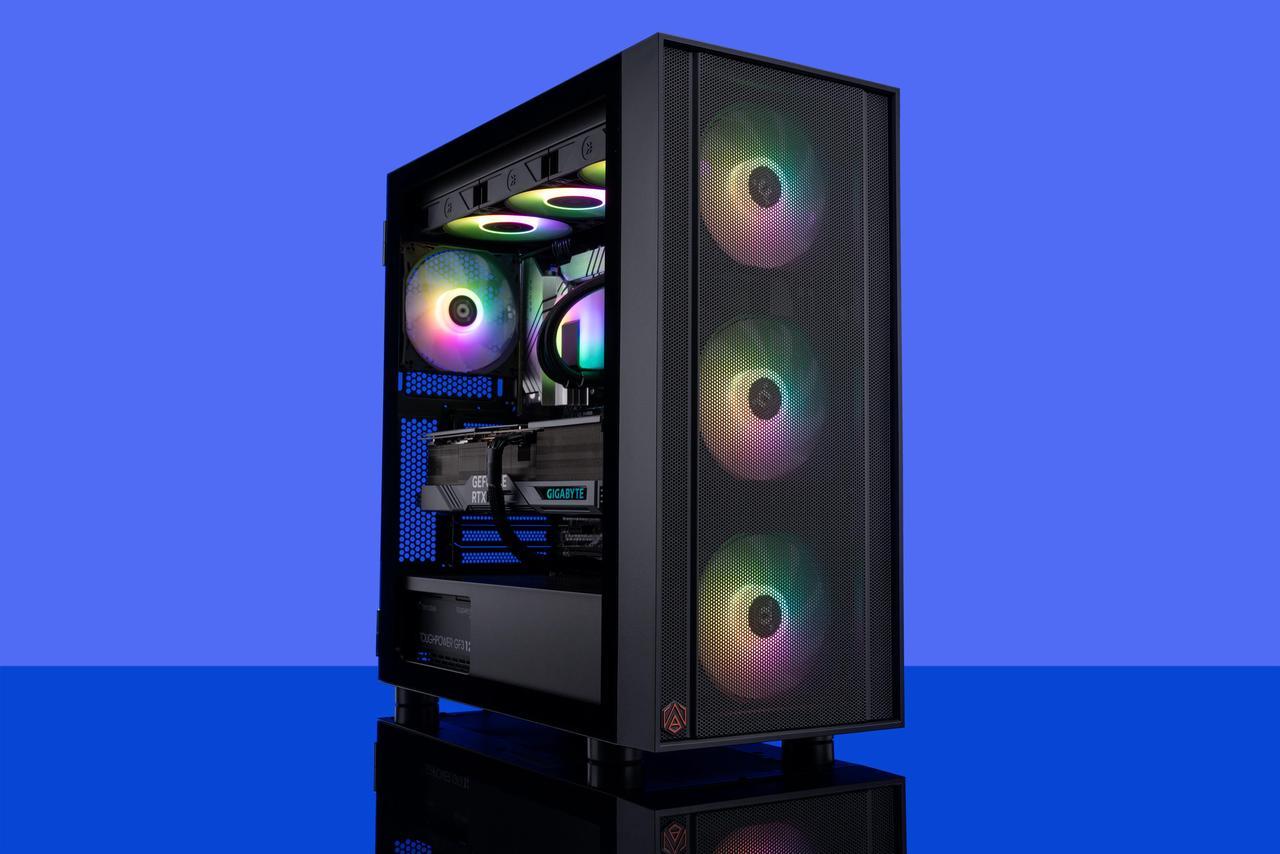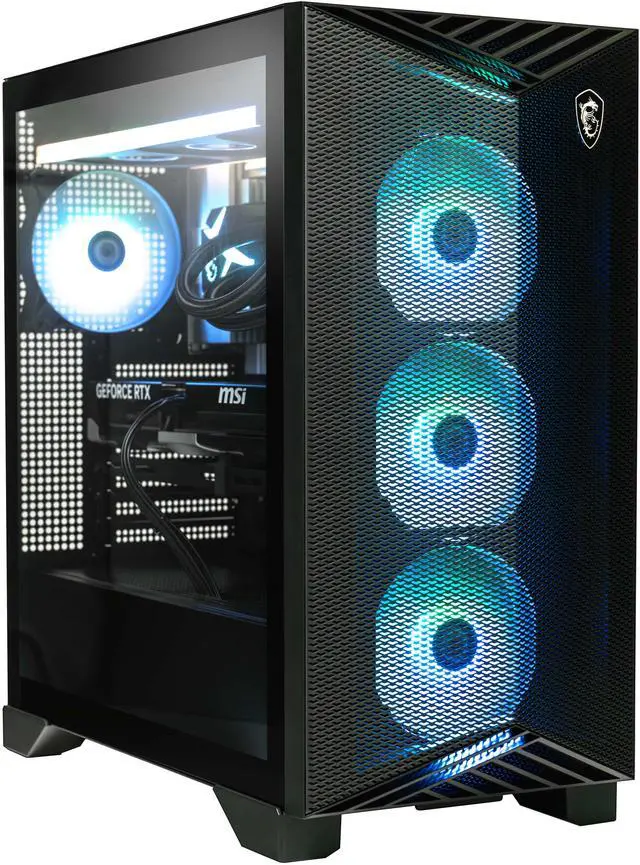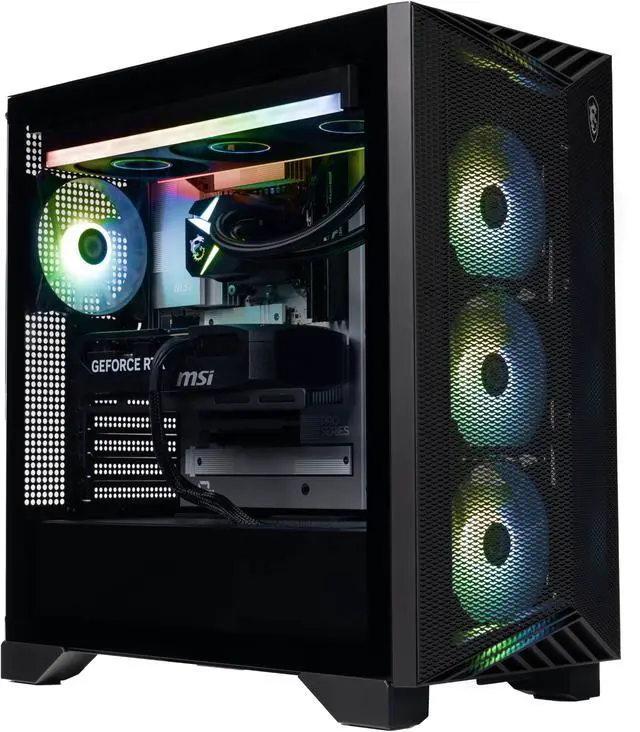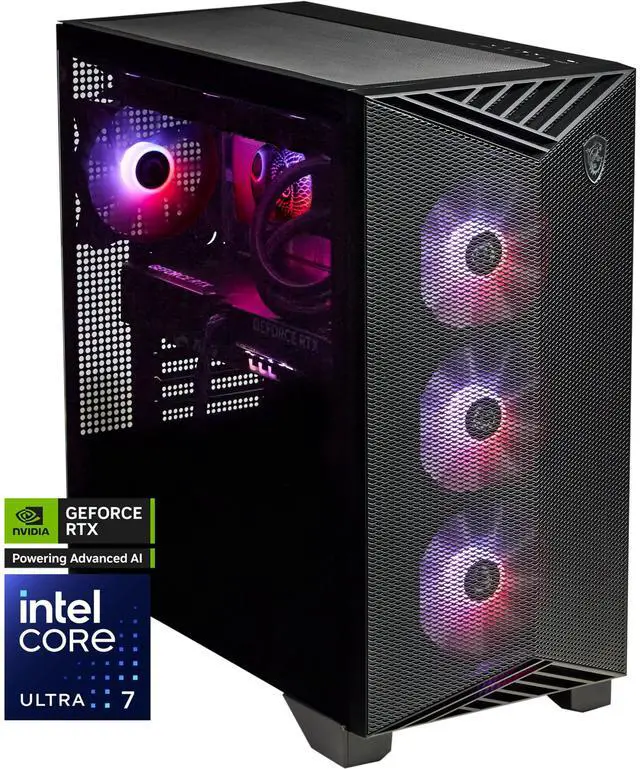Differences Between AI PCs and Traditional PCs
AI PCs distinguish themselves by embedding NPUs for accelerated local AI compute, delivering superior task throughput, energy savings, and privacy controls. Traditional PCs, while versatile, cannot match this level of AI performance and integration without resorting to external cloud services. Whether you’re a creator, gamer, or power user, AI PCs represent the next evolution in personal computing.
-
Hardware Architecture
-
AI PCs:
AI PCs include a dedicated Neural Processing Unit (NPU) alongside a standard CPU and GPU, enabling parallel execution of AI and machine-learning operations with lower power draw and higher throughput
-
Traditional PCs:
Traditional desktops and laptops rely solely on CPUs for general computers and GPUs for graphics (and limited AI acceleration), lacking a purpose-built NPU. This makes them less efficient for sustained or real-time AI
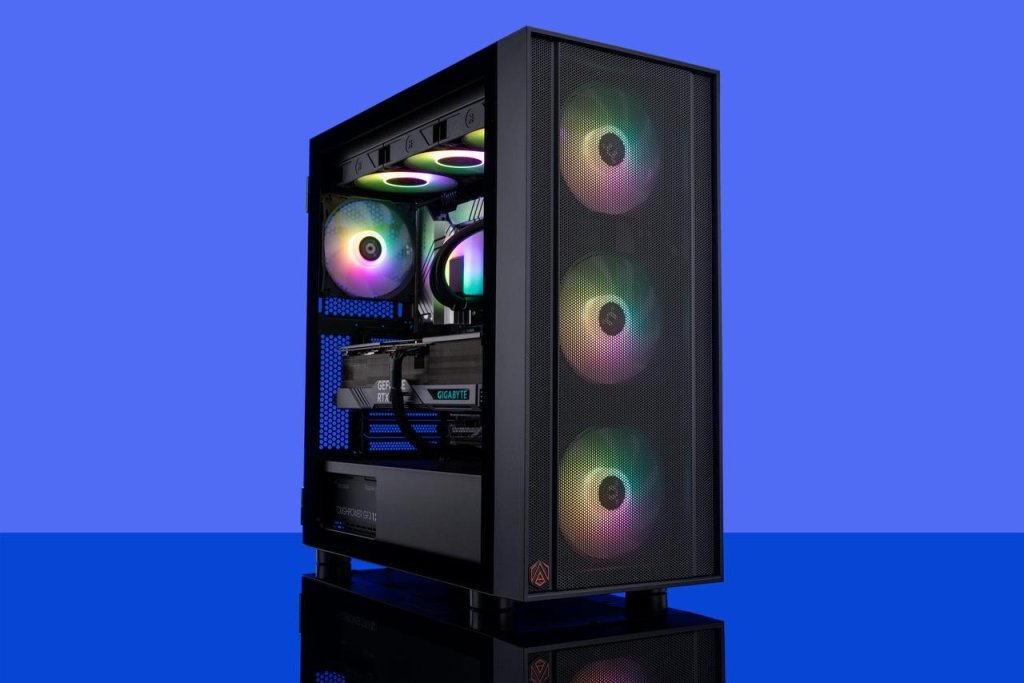
ABS Eurus Pro Ubuntu Linux Developer Workstation – Intel i9 14900KF – GeForce RTX 4090 – AI-Powered Performance
-
AI Task Performance
-
AI PCs:
With NPUs and AI-optimized software stacks, AI PCs execute on-device image recognition, language models, and generative AI in real time—supporting live video effects, advanced voice assistants, and local inference without cloud latency
-
Traditional PCs:
Standard systems can run some AI workloads but typically fall back on cloud-based services or run slower on CPUs/GPUs, incurring higher latency and potential bandwidth costs

ABS Eurus Pro Ubuntu Linux Developer Workstation – Intel i7 14700F – GeForce RTX 4080 Super – AI-Powered Performance
-
Software Integration and User Experience
-
AI PCs:
These machines ship with AI-centric frameworks and apps—providing intelligent resource management, adaptive performance tuning, and personalized features (e.g., dynamic power balancing, smart assistants) tightly woven into the OS
-
Traditional PCs:
Out-of-the-box, standard PCs offer generic OS environments; any AI capabilities depend on third-party tools, resulting in fragmented experiences and manual configuration
-
Privacy and Security
-
AI PCs:
By processing sensitive data locally on the NPU, AI PCs minimize cloud transmission—reducing exposure to external breaches and improving compliance with privacy regulations
-
Traditional PCs:
Relying on cloud AI services increases data-in-transit risks and potential vulnerabilities, making traditional PCs less suitable for privacy-sensitive applications
-
Energy Efficiency
-
AI PCs:
NPUs are architected for neural workloads, consuming markedly less power per inference than CPUs or GPUs—translating to longer battery life on AI-enabled laptops and lower overall energy bills
-
Traditional PCs:
Running AI on general-purpose processors drives up power draw and heat output, leading to shorter runtimes and higher cooling requirements
-
Adaptive and Predictive Capabilities
-
AI PCs:
Built-in telemetry and ML models allow AI PCs to learn user patterns—automating routine maintenance, predicting resource needs, and delivering a continuously optimized experience
-
Traditional PCs:
Without integrated learning loops, traditional PCs require manual tuning for performance tweaks and do not anticipate user behavior
Summary Table: AI PCs vs. Traditional PCs
| Feature | AI PCs: | Traditional PCs: |
| Key Hardware | CPU, GPU, NPU (Neural Processing Unit) | CPU, GPU |
| AI Task Performance | Fast, efficient, local processing | Slower, often cloud-reliant |
| Software Integration | AI-centric apps, frameworks, adaptive features | Standard apps, limited AI integration |
| Privacy & Security | Local AI processing, enhanced privacy | Cloud processing, more data exposure |
| Energy Efficiency | High (via NPU) | Lower (CPU/GPU for AI) |
| User Experience | Adaptive, personalized, predictive | Manual, static |
Explore AI-Capable Systems on Newegg
Discover the latest AI PC models—complete with dedicated NPUs and streamlined AI features—through our curated Newegg selection.

